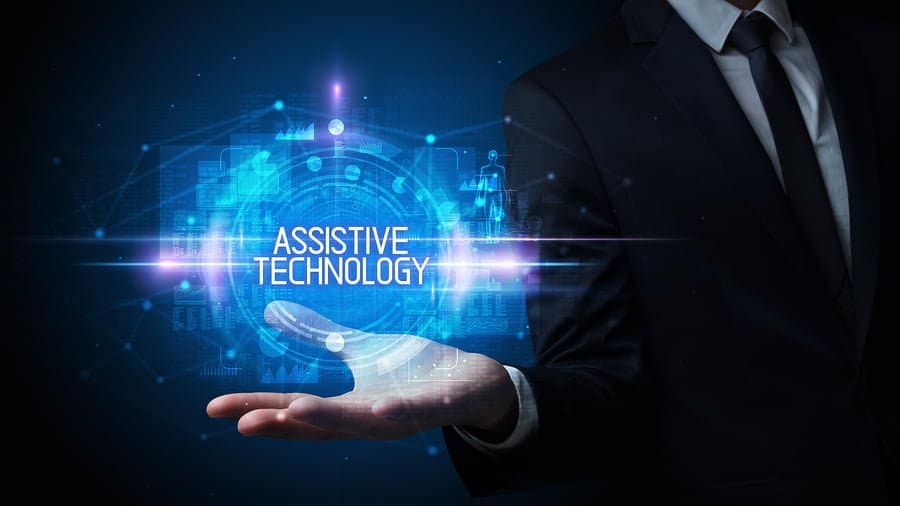What is assistive technology? The term “assistive technology” refers to devices or systems – hardware, software, and other services – that help maintain or improve a person’s ability to do things in everyday life, such as communicate, learn, type, write, pick up things, move around, and many other things. In particular, assistive technology usually refers to such products and solutions that support or assist individuals with disabilities or the elderly population.
Table of Contents
ToggleFactors such as the increasing number of orthopedic and neurological disorders in the general population, a growing demand for rehabilitation centers, and an increasing focus on compliance with regulatory standards have been fueling growth in the market for assistive technology. The World Health Organization (WHO) reveals that one billion people need assistive products today, and more than two billion people around the world are expected to need at least one assistive technology product by 2030. In 2019, sensory aids had a significant market share, and this trend is expected to continue over a forecast period that, according to statistics from MarketWatch.com, will see the global assistive technology market expand at a compound annual growth rate (CAGR) of 8%, with a value of US $8.39 billion from 2020 to 2023.
While assistive technology products are most often required by people with disabilities, older individuals, and people with chronic health conditions such as diabetes or dementia, anyone may need an assistive product of some kind, at some point in their life.
Given all of these considerations, it should come as no surprise that the term “assistive technology” now covers a broad spectrum of applications, including physical hardware, computer software, supporting infrastructure, and ancillary services. In this article, we’ll be taking a look at the various aspects involved.
What Is Assistive Technology? AT Defined
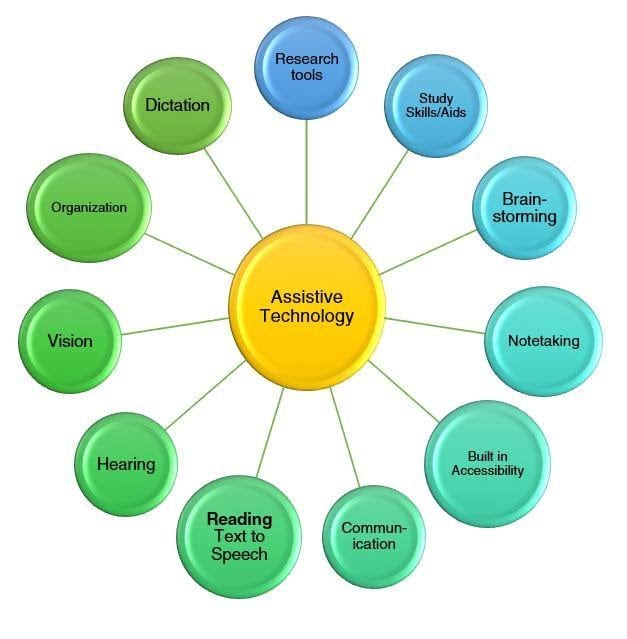
(Image source: Georgia Department of Education)
In US federal law, the Individuals with Disabilities Education Act of 1990 (Public Law 101-476) gave an initial definition of assistive technology and services, which was updated in 2004 by the Individuals with Disabilities Education Improvement Act (Public Law 108-446), which identifies assistive technology devices as:
“Any item, piece of equipment or product system, whether acquired commercially off the shelf, modified, or customized, that is used to increase, maintain, or improve the functional capabilities of children with disabilities. The term does not include a medical device that is surgically implanted or the replacement of such device.”
Though specific to the educational sector, this definition does highlight the central task that assistive technology performs – increasing, maintaining, or improving the ability to function of any individual with a disability of some sort. In this sense, any tool which enables someone to manage or overcome a physical or mental disability may be considered an assistive technology. Or, in other words, assistive technology is the physical hardware, software, or services that help people manage their disabilities. Spectacles or contact lenses for corrective vision are the most widely used example.
Assistive Technology Device Categories
Assistive technology devices run the gamut from low-tech and inexpensive to high technology tools and services of great sophistication and complexity, which can cost thousands or even millions of dollars.
In the Assistive Technology Guidelines for Kentucky Schools, Kentucky Department of Education defines a set of devices available to address the functional capabilities of students with disabilities, as follows:
Academic and Learning Aids
These comprise a range of assistive technology solutions designed to address the needs of students in all academic areas, including reading, writing, spelling, math, study, and organization.
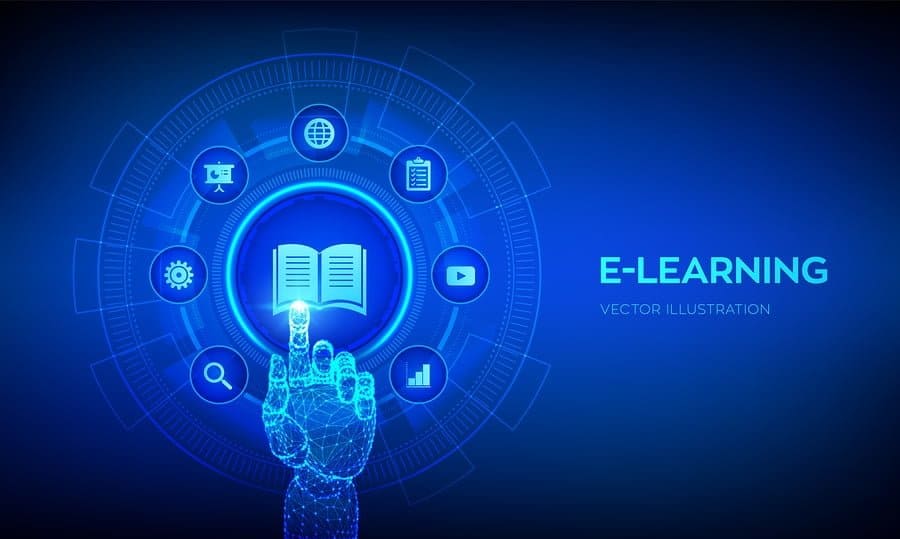
Aids for Daily Living
Self-help technologies for use in activities such as cooking, eating, home maintenance, mobility, bathing, and personal grooming.
Assistive Listening Devices and Environmental Aids
These are technologies that assist individuals who are deaf or hard of hearing with gaining access to information that’s typically presented through an auditory medium.
Augmentative Communication
For individuals with limited speech or language, augmentative communication technology provides a vehicle for expressive and receptive communication with others in the environment.
Computer Access and Instruction
Some computer access technology offers alternative methods of input to the standard keyboard and mouse, while other implementations include software and hardware to modify the visual and sound output from a computer system.
Environmental Control
This class of assistive technology includes devices and mechanisms to help people with disabilities control electronic appliances (including doors, windows, and ventilation systems) within the school or home.
Mobility Aids
These include electronic and non-electronic aids, used to increase personal mobility.
Pre-vocational And Vocational Aids
For individuals in training for specific professions, or needing to work in these professions while managing some form of disability, these technologies include modifications of the tools and mechanisms needed for the completion of work-related tasks.
Recreation and Leisure Aids
These technologies help to increase the participation and independence of individuals with disabilities in recreation and leisure activities.
Seating and Positioning
This category of technology provides alternatives to the standard seating systems of public, institutional, or residential spaces.
Visual Aids
This class of assistive technology provides those coping with some form of disability with a means of accessing printed information and provides methods for producing written communication.
Assistive Technology Services
The Individuals with Disabilities Education Act (IDEA) of 1990 also defines assistive technology services as “Any service that directly assists a child with a disability in the selection, acquisition, and use of an assistive technology device.” Again, the definition has a specific focus on education. But within this remit, there are a number of services that can provide the following functions for any individual needing to manage a disability:
- Evaluating the needs of a person with a disability, including a functional evaluation of the individual in their customary environment.
- Purchasing, leasing, or otherwise providing for the acquisition of assistive technology devices for people with disabilities.
- Selecting, designing, fitting, customizing, adapting, applying, retaining, repairing, or replacing assistive technology devices.
- Coordinating and implementing other therapies, interventions, or services with assistive technology devices, such as those associated with existing education or rehabilitation plans and programs.
- Training or technical assistance for a person with a disability or, if appropriate, that individual’s family.
- Training or technical assistance for professionals (including individuals, institutions, or rehabilitation services), employers, or other individuals who provide services to employ, or are otherwise substantially involved in the major life functions of people with disabilities.
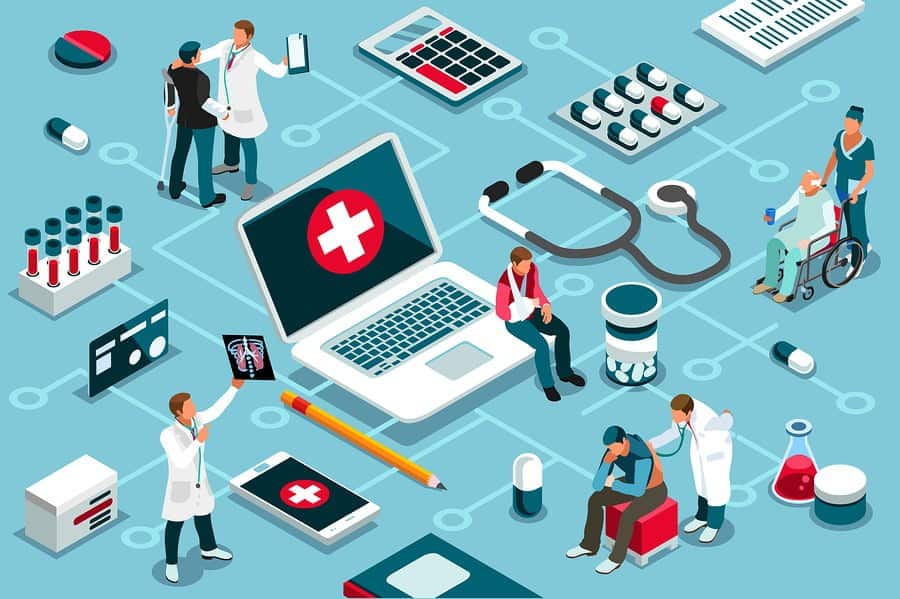
Assistive Technology Devices Examples
As we’ve seen, assistive technology can be classified into several distinct categories. Within each of them, a number of devices and services are available, ranging from analog or non-electronic products and tools to sophisticated digital or high-tech solutions. Here are some of the most widely recognized examples in each category:
Academic and Learning Aids include electronic and non-electronic devices to assist individuals in an educational setting. At the analog end of the spectrum, a pencil grip is an assistive technology device that allows students with a physical disability the necessary grasp and control over writing implements to enable easy written communication. Automatic page-turners and specially designed book holders are mechanical devices in this category. Calculators, spell checkers, and portable word processors are some of the electronic devices available. Software and digital computing solutions for word-processing, document reading, mathematics, other academic subjects, and task management are at the higher technology end of the spectrum.

Aids for Daily Living must compensate for any deficiencies that individuals have in performing everyday tasks due to physical or mental disabilities. For example, spectacles or contact lenses can aid in correcting defective vision. Specially adapted beds, riser reclining chairs, railings, bars, and door openers can assist individuals in getting around their homes and offices. Bathroom safety and assistive products such as commodes and shower chairs can aid in personal hygiene. And location or activity monitors can assist caregivers in managing the daily routines of their dependents or patients.
Assistive Listening Devices and Environmental Aids such as hearing aids, sound amplification devices, closed captioning systems, text telephones, and environmental alert mechanisms can help individuals who are deaf or hard of hearing to navigate the events and features of their environment successfully. Key to this class of assistive technology devices is enabling individuals to amplify speech and other auditory signals, or use methods that can provide an alternative to standard auditory mechanisms.
Augmentative Communication technologies include object-based communication displays, picture books, pictorial communication boards, talking switches, voice output communication devices, and a range of digital computer-based communication devices. This class of assistive technology typically helps individuals with severe expressive communication impairments.
Computer Access and Instruction tools such as adaptive pointing devices, keyboard modifiers, and virtual keyboards provide users with an alternative to the standard methods of interacting with computers and other digital electronic equipment. People with mobility or sensory impairments who habitually use computers and mobile devices can also benefit from voice recognition software and devices, screen readers, and screen enlargement applications.
Environmental Control technologies typically manifest as multi-purpose mechanisms or devices, such as a switch or remote-control unit that governs a number of electronic appliances, such as doors, lighting, or TV and entertainment systems. There’s often a degree of overlap between this category and the Aids for Daily Living – for example, in the case of specialized handles and grips, devices for extending an individual’s physical reach, and lights on telephones and doorbells.
Mobility Aids include electronic and non-electronic variants of wheelchairs and scooters. Physical hardware such as canes, walkers, prosthetic devices, and crutches are included in this category. Other assistive technologies in this area include medical mobility aids and ambulatory devices like transfer lifts, Rollators, and motorized slings.
Pre-vocational and Vocational Aids are often job-specific and include technologies such as picture-based task analysis sheets, adapted knobs, timers, and watches. Both electronic and non-electronic devices are available, with low technology solutions that include specialized grips for handling various materials, and stabilization devices for supporting tools and work materials.
Recreation and Leisure assistive technology solutions include physical interventions such as ramps, grab bars, and wider doorways to enable access to buildings and exercise rooms, and flotation devices for swimming pools and baths. In the electronic and digital realm, examples include switch-adapted toys, environmental control access for televisions, videos, and audio entertainment systems, and game or book adaptations with augmented visual and audio cues.
Seating and Positioning technologies such as seat inserts for wheelchairs, prone standers, and adaptive chairs provide alternatives to the standard seating and resting options in private and public spaces.
Visual Aids encompass a wide range of electronic and non-electronic solutions that include braille writers for the visually impaired, talking dictionaries, adapted audio players/recorders, large print, and talking calculators, closed-circuit television (CCTV), and software for screen reading or text enlargement.
Social and Economic Implications
In its assessment of assistive technology, the World Health Organization (WHO) concludes that the various devices and services available enable and promote inclusion and participation, especially for individuals coping with disability, aging populations, and people with non-communicable diseases. Moreover, assistive technology allows people to live healthy, productive, independent, and dignified lives, and to actively participate in education, the labor market, and civic life.
As well as supporting independence and well-being, assistive technology products can also help in preventing or reducing the effects of secondary health conditions, such as lower limb amputation in people with diabetes. The products and services can also reduce the need for caregivers and reduce their workload while reducing or even eliminating the need for formal health and support services. As a result, access to appropriate assistive technology products can have a tremendous impact on community development and economic growth.
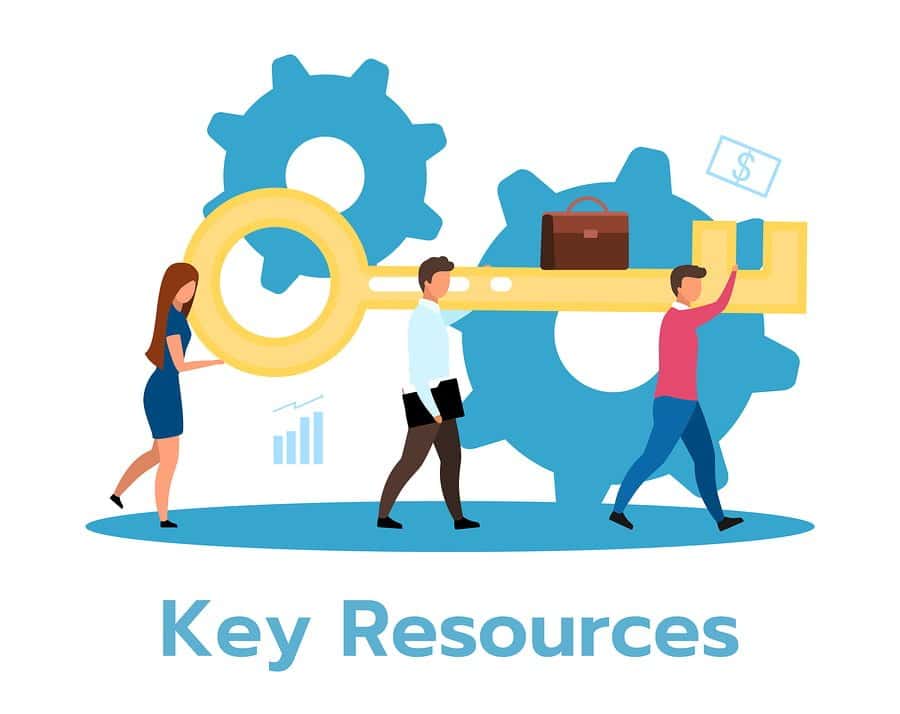
Assistive Technology Resources
AbleData provides free access for consumers, organizations, professionals, and caregivers within the United States to objective information on assistive technology and rehabilitation equipment available from a range of domestic and international sources. The AbleData database holds information on over 40,000 commercially produced and custom-made assistive devices. Requests for information may be submitted in person, by phone, standard mail, or email.
For people with impaired mobility or other disabilities, The Christopher & Dana Reeve Foundation has information about available assistive technology to help in driving motor vehicles.
PBS “Move to Include” provides examples of assistive devices for people who need assistance in producing or comprehending spoken or written language.
The National Institute on Deafness and Other Communication Disorders provides detailed information on Assistive Devices for People with Hearing, Voice, Speech, or Language Disorders.
The Rehabilitation Engineering and Assistive Technology Society of North America website describe the various standards for different types of assistive technology.
Tech Finder is an online database of expert-approved apps and games for children with learning and attention difficulties.
The Tech Matrix website houses an online database of assistive and educational technology tools and resources that support learning for students with disabilities and their classmates.
Final Thoughts
While assistive technology products are often available for purchase off the shelf, some degree of fine-tuning or modification may be required to modify or customize a device to meet the individual needs of a person with a disability. When establishing what’s required of the technology, occupational or physical therapists and caregivers should consider the commercially available solutions that may be used “as is” or ones that will have to be modified to meet the user’s unique requirements. It may be necessary to custom build a device in specific cases.
Summary:
What is Assistive Technology?
The term “assistive technology” refers to devices or systems – hardware, software, and other services – that help maintain or improve a person’s ability to do things in everyday life, such as communicate, learn, type, write, pick up things, move around, and many other things. In particular, assistive technology usually refers to such products and solutions that support or assist individuals with disabilities or the elderly population. Factors such as the increasing number of orthopedic and neurological disorders in the general population, a growing demand for rehabilitation centers, and an increasing focus on compliance with regulatory standards have been fueling growth in the market for assistive technology. The World Health Organization (WHO) reveals that one billion people need assistive products today, and more than two billion people around the world are expected to need at least one assistive technology product by 2030. Assistive technology categories: Academic and Learning Aids, Aids for Daily Living, Assistive Listening Devices and Environmental Aids, Augmentative Communication, Computer Access and Instruction, Environmental Control, Mobility Aids, Pre-vocational And Vocational Aids, Recreation and Leisure Aids, Seating and Positioning, Visual Aids, In its assessment of assistive technology, the World Health Organization (WHO) concludes that the various devices and services available enable and promote inclusion and participation, especially for individuals coping with disability, aging populations, and people with non-communicable diseases. Moreover, assistive technology allows people to live healthy, productive, independent, and dignified lives, and to actively participate in education, the labor market, and civic life.

